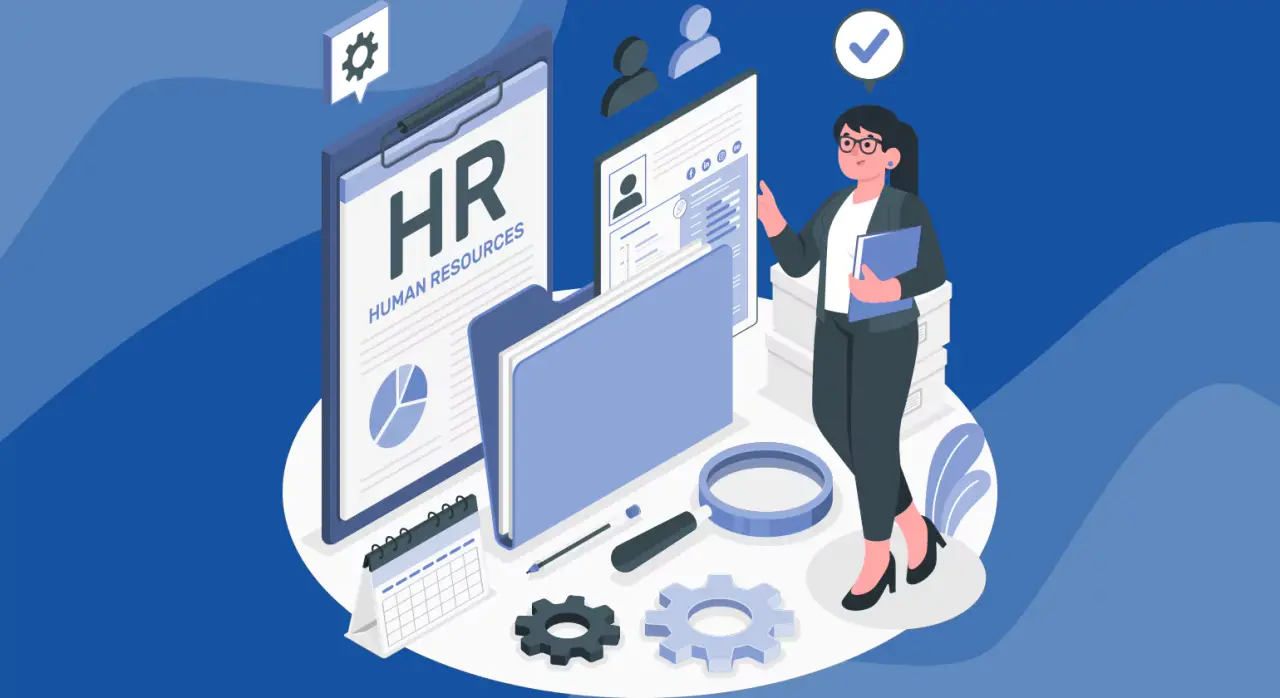An organization's strategy approach to managing employee compensation is called Enterprise Compensation Management, or ECM. ECM includes a wide variety of procedures and actions used to create and carry out efficient pay plans that complement the overarching aims and objectives of the company. This method usually uses software and technology to automate and simplify compensation administration.
Read Also: Payroll compliance: 10 tips to get it right every time
What is Enterprise Compensation Management?

The term Enterprise Compensation Management, or "ECM," describes how major businesses handle employee compensation. These days, it is typically carried out using specially designed software, and it is typically a component of the larger HRMS, or Human Resources Management Software.
For a large firm with operations in several countries, a standard payroll system is insufficient. One must comprehend the various pay scales utilized locally and consider the varying expectations of workers from various socioeconomic backgrounds.
Enterprise Compensation Management Components
The essential elements that make up your company compensation management are what set it apart.
These elements support the efficient administration and enhancement of your employee pay plan.
Thus, the following essential elements must be included in your list:
Management of Base Pay
Depending on each function and responsibilities, determine your pay grade and compensation range.
Administration of Benefits
Establish a suitable system to oversee, monitor, and manage the benefits program for employees.
Management of Performance
Give staff members attainable, well-defined goals. Consider these accomplishments when assessing their performance.
Governance and Compliance
Verify that your pay plan conforms with all applicable labor rules and regulations.
Budgeting and Planning for Compensation
Create a smart compensation strategy to meet business objectives at a reasonable cost.
Must Read: What Are The Basic Accounting Concepts And Principles?
Tools and Technology
- Utilize technology to its full potential to improve overall compensation management.
- By integrating these essential elements into your compensation administration, you may accomplish many objectives.
- It improves your total employee retention and happiness by advancing equity and supporting your company's objectives.
Techniques for Efficient Pay Administration

Your whole business operations may be significantly altered by incorporating some clever strategies and methods into your compensation.
You may improve your organization compensation management by implementing the following strategies:
Benchmarking Compensation
Compare your pay plan on a regular basis to industry norms and rivals' offerings. By doing these studies, competitive salaries that can draw and keep top people are made possible.
Performance-based compensation
Make sure your reward program is in line with the accomplishments and performance of your employees. Establishing SMART goals can encourage staff members to reach their objectives so they may receive bonuses and pay increases.
Fairness and Equity
Make sure your salary is equitable and fair by routinely reviewing your pay practices. Regardless of gender, ethnicity, age, experience, etc., it must be. The employee's role, responsibility, and accomplishment of the aim must be rewarded with compensation.
Software for Compensation Management
An automated solution for compensation is urgently needed. Time is saved and data accuracy is ensured by simplifying daily tasks. It offers insight and simple access to precise data for audits and performance evaluation.
Tailored Salary Packages
Every worker is different. This implies that their benefits package needs to be distinctive as well. Your pay plan will be more successful and efficient if it is customized to your employees' requirements and preferences.
Frequent Evaluations and Modifications
Creating and carrying out an incentive program is a continuous activity. It has to be regularly assessed and modified. Your pay plan will only remain current with Influencer marketing and industry trends if you do such a period review.
Incentives have consistently shown themselves to be an effective strategy for raising employee engagement and motivation.
By incorporating these tactics into your regular compensation management, you may improve operations and get the intended outcomes.
Tools and Technology in Compensation Management
All of your issues may be resolved with the correct technology.
There are several technology solutions available to assist you increase your efficiency, even in company compensation management.
Software for Compensation Management
A tool that facilitates effective and efficient management of employee pay. It automates and simplifies procedures for benefits administration, bonuses, incentives, and salary planning.
Kennect, for instance, is a state-of-the-art incentive pay management system that helps businesses automate and optimize their sales performance monitoring procedures.
HR System Integration
HR procedures are streamlined and a uniform picture of personnel data is provided through integration with HR systems. Better workforce planning, employee engagement, and overall company success are all facilitated by this.
5 Compensation Types in HR Management

Effective company compensation management requires an understanding of the many forms of remuneration. The following are the main kinds that businesses usually employ:
1. Base Pay
The set sum that an employee receives in exchange for carrying out their work responsibilities is known as their base wage. Typically, market rates, job position, and employee experience are used to define it. Base wages are an essential part of overall remuneration and offer financial stability.
2. Bonuses
Bonuses are extra money paid to staff members in recognition of exceeding performance standards or reaching certain targets. These might be project-based, quarterly, or annual and are used as a motivating tool. In executive positions, sales positions, and other performance-based occupations, bonuses are frequently utilized.
3. The Commission
A commission is a portion of sales income given to workers, usually in sales positions. Employees are encouraged to increase sales and meet revenue goals. Employees are guaranteed to get direct compensation for their efforts under this performance-based pay plan.
4. Advantages
Benefits include non-cash remuneration such paid time off, retirement plans, health insurance, and wellness initiatives. These benefits boost workers' happiness and promote their general health, which frequently makes them stand out in competitive employment marketplaces.
5. Options for Stocks
Employees who have access to stock options can buy company stock at a fixed price. In order to promote long-term loyalty, startups and high-growth companies frequently adopt this type of remuneration, which matches employee interests with business performance.
ECM components
A comprehensive framework called enterprise compensation management (ECM) helps businesses create and carry out efficient compensation plans. Its basic components must be understood in order to maximize employee performance and happiness. These are the essential components:
1. Pay Scales
A clear wage structure serves as the basis for choices on compensation. It provides salary ranges for different positions, guaranteeing equity and market competitiveness.
2. Measures of Performance
Organizations may connect employee contributions and remuneration by integrating performance measures into ECM. This promotes excellence and harmonizes personal aspirations with corporate aims.
3. Incentive Plans
Bonuses, profit-sharing, or stock options are examples of incentives that encourage staff to surpass goals. These initiatives promote a results-oriented culture that is advantageous to the company and its workers.
4. Benefits Bundles
All-inclusive benefits, such as paid time off, retirement plans, and health insurance, raise total pay. A robust benefits package enhances employee loyalty and well-being.
5. Analysis of Compensation
Organizations may continuously evaluate their compensation schemes by using data analytics. Businesses may stay competitive in the market by making well-informed modifications based on trend analysis.
In conclusion
For organizations to successfully recruit, retain, and inspire people, enterprise compensation management is essential. Organizations may guarantee equity, competitiveness, and regulatory compliance by using strong pay plans. This all-encompassing strategy improves employee happiness, promotes overall business success, and matches remuneration with organizational goals. Continuous assessment, adjustment to market conditions, and process optimization through technology are all components of effective management. In the end, a well implemented compensation management plan helps organizations accomplish their strategic goals in a cutthroat market and fosters a pleasant workplace culture.

